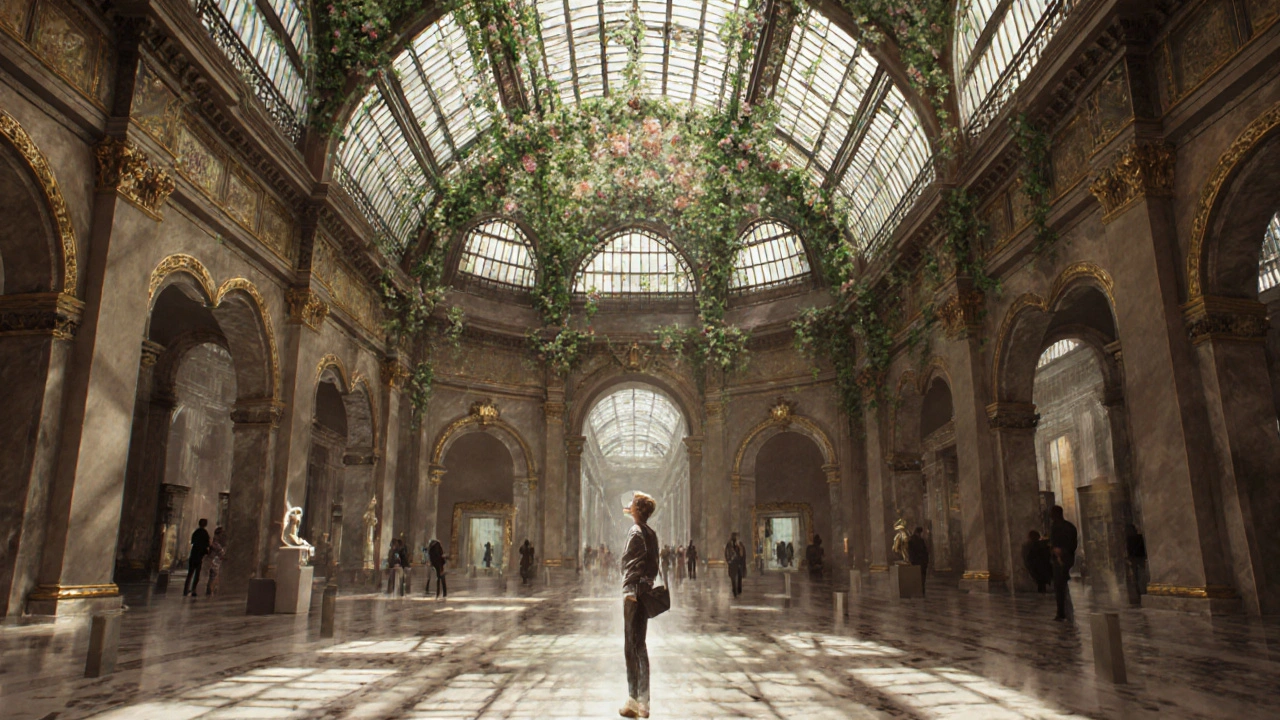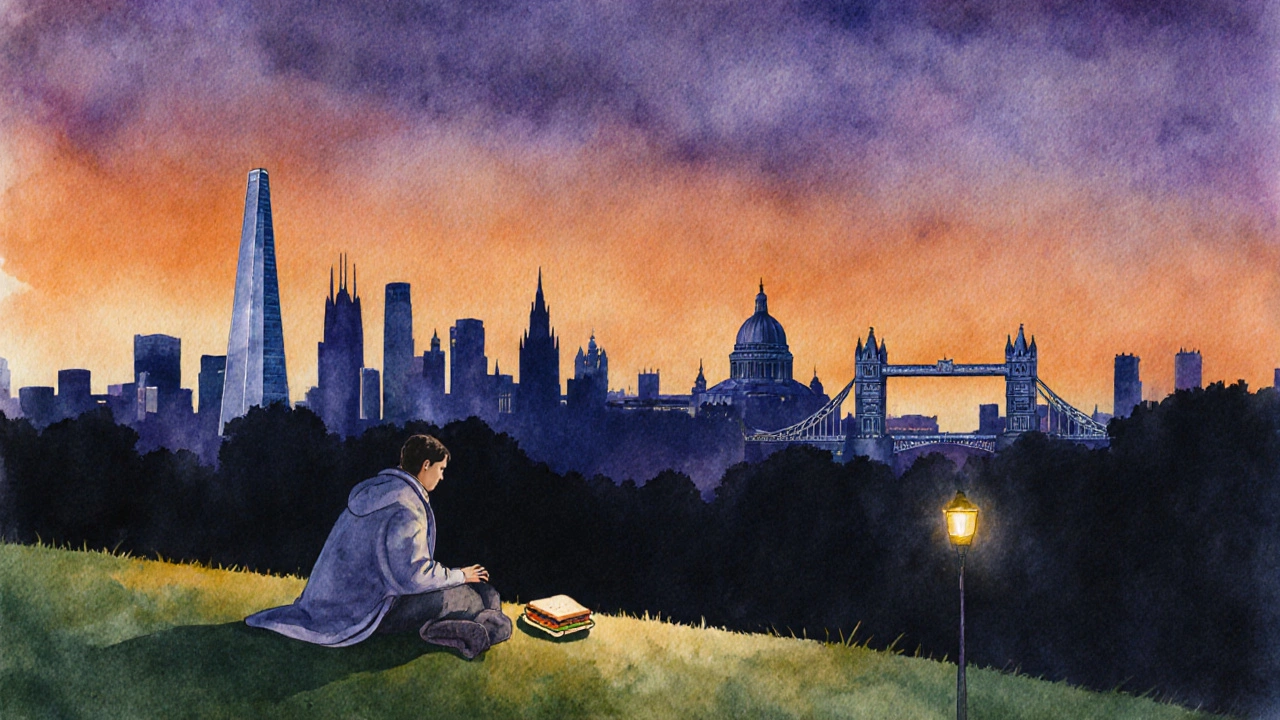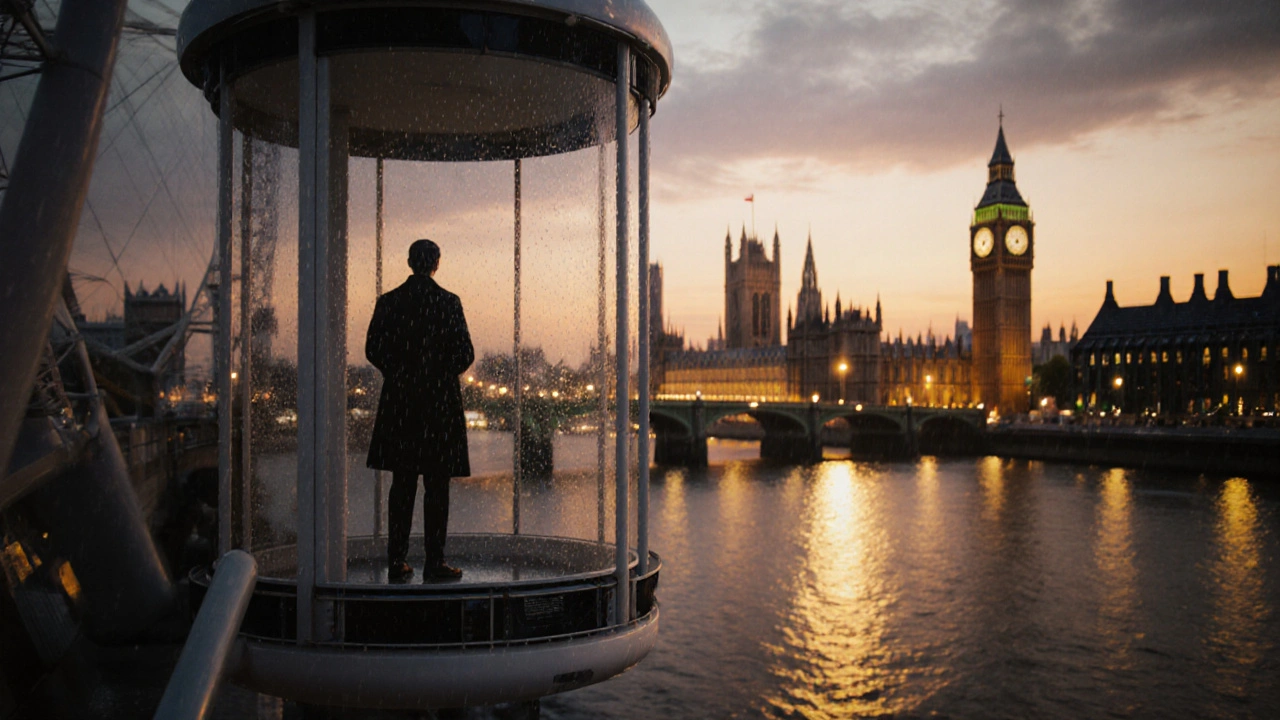One Week in London: Complete City Explorer Plan
You’ve got seven days. The Tube’s running. The rain might show up, but it won’t stop you. London isn’t just big-it’s layered. Every street has a story, every park hides a statue, and every museum holds centuries. This isn’t a checklist. This is how to actually experience London, not just tick off landmarks.
Day 1: Start at the Heart
Begin where the city breathes: Westminster. Walk from Westminster Abbey to Big Ben, then cross the bridge to the London Eye. Don’t just take a photo-get on the Eye at sunset. You’ll see the Thames glow, the Houses of Parliament light up, and the city unfold like a map you’ve only seen in movies.
Afterward, head to the South Bank. Grab a fish and chips from a proper chippy-try Golden Hind near County Hall. Eat it while sitting on the river wall. No fork needed. This is London eating, not dining.
End the day at the Tate Modern. It’s free. The views from the top floor are better than any paid attraction. Sit by the windows, watch the city lights flicker on, and remember: you’re standing in a power station turned art temple.
Day 2: Museums That Don’t Feel Like Museums
Most tourists hit the British Museum first. Skip the line. Go to the V&A instead. It’s the Victoria and Albert Museum, and it’s not just about old china. It’s fashion, furniture, armor, and a whole room of wedding dresses from the last 200 years. You’ll leave wondering how something so beautiful could be so forgotten.
After lunch, walk to the Natural History Museum. The dinosaur bones aren’t the point. The ceiling in the Hintze Hall is. It’s a glass-and-iron vault painted with flowers and vines. Look up. Breathe. This place was built to make you feel small in the best way.
Don’t rush. Spend three hours here. Then grab a coffee at the museum’s café. The scones are better than most London bakeries.
Day 3: East London’s Soul
Take the Tube to Shoreditch. This isn’t the tourist side of London. It’s the living, breathing, ever-changing part. Walk Brick Lane on a Sunday. The food stalls serve everything from Bangladeshi curry to vegan donuts. Try the jerk chicken wrap from Bagel Bar-it’s been there since 1972.
Then find the street art. The murals around Spitalfields aren’t just colorful-they’re political, funny, and raw. Look for the one of the woman with the red umbrella by Banksy. It’s still there, behind a shuttered shop. No sign. No plaque. Just art that refuses to be owned.
End the night at a pub in Hoxton. Not a craft beer spot. A real one. Order a pint of bitter, sit at the bar, and listen. You’ll hear accents from Jamaica, Poland, Nigeria, and Kent. That’s London.

Day 4: Royal London, Without the Crowds
Buckingham Palace is crowded. Skip the Changing of the Guard unless you’re okay with standing for an hour in a sea of selfie sticks. Instead, walk through St. James’s Park. Feed the pelicans at 2:30 p.m. They’re not trained-they just show up. It’s wild, weird, and very British.
Then head to Kensington Palace. The royal apartments are open, but the real gem is the Sunken Garden. It’s quiet. No signs. Just flowers, fountains, and a bench where Princess Diana used to sit. Sit there for ten minutes. No phone. Just the sound of water.
Walk to the Albert Memorial. It’s ornate, over-the-top, and totally ignored by tourists. Look at the statues. Each one represents a virtue: Justice, Truth, Courage. They’re not just decoration. They’re a message from 1872.
Day 5: The City & The Thames
Today is about history that still works. Walk the City of London-the financial district. It’s not just glass towers. It’s Roman walls, medieval churches, and the Tower of London.
Get to the Tower early. The Yeoman Warders (Beefeaters) aren’t actors. They’re ex-military with 22 years of service. Listen to the stories about the Crown Jewels. They’ll tell you how a man tried to steal them in 1671. He was hanged. They still keep the keys in a safe behind a locked door.
Afterward, take the Thames Clipper boat to Greenwich. It’s cheap. You’ll pass the Shard, Tower Bridge, and the O2. In Greenwich, climb the hill to the Royal Observatory. Stand with one foot in the Eastern Hemisphere, one in the Western. Take a photo. It’s the only place on Earth where you can do that.
Day 6: Parks, Books, and Quiet
London’s best moments happen when you’re not rushing. Spend the morning in Hyde Park. Rent a rowboat on the Serpentine. It costs £10. You’ll be the only one out there. No music. No people. Just water and trees.
Walk to the British Library. It’s free. See the Magna Carta. The original. It’s in a glass case, lit softly. The ink is faded. The parchment is cracked. But it’s real. This document started the idea that no one-not even a king-is above the law.
Then find a quiet café in Bloomsbury. Order a pot of tea. Read a book from the library’s free reading room. Or just stare out the window. This is the part of London that doesn’t sell tickets.

Day 7: The View, The Farewell
On your last day, go up. Not to the London Eye. Not to the Shard. Go to Primrose Hill. It’s a grassy hill with no ticket, no queue, and the best view of the city skyline. Bring a sandwich. Sit as the sun sets. Watch the lights turn on one by one.
Then walk down to Camden Market. Not for the souvenirs. For the last taste. Try the vegan jackfruit tacos from Camden Food Co. Or the churros with chocolate sauce. Eat it standing up. Laugh at the busker playing Bowie.
That’s it. You didn’t see every museum. You didn’t shop on Oxford Street. You didn’t take a double-decker tour. But you felt something. London doesn’t give you everything. It gives you moments. And those last seven days? They were yours.
What You’ll Need
- Oyster Card or contactless payment-no paper tickets. Tap in, tap out.
- Comfortable shoes. You’ll walk 8-12 miles a day.
- A light rain jacket. It rains here 150 days a year. You’ll get wet. It’s fine.
- A small notebook. Write down the names of pubs, cafés, and streets you love. You’ll forget them.
- Patience. London moves slow. People wait in line for tea. They don’t rush. You shouldn’t either.
Don’t Do This
- Don’t eat at restaurants near major tourist spots. The food is overpriced and bland.
- Don’t try to see everything. You’ll burn out. Pick three things a day and live in them.
- Don’t ignore the parks. They’re not just green spaces-they’re where Londoners live.
- Don’t assume everyone speaks English the same way. Accents change every five miles.
Is one week enough to see London?
Yes, if you focus on experience, not checklist. You won’t see every museum or eat at every restaurant, but you’ll feel the rhythm of the city. One week lets you walk neighborhoods, talk to locals, and find quiet corners. That’s what London remembers you for.
What’s the best time of year to visit London?
Late spring (May-June) and early autumn (September) are ideal. Days are long, weather’s mild, and crowds are thinner than in summer. Winter is dark and cold, but Christmas markets make it magical. Avoid August-most locals are away, and it’s tourist season at its busiest.
How much walking is involved in this plan?
About 8 to 12 miles per day. London is best explored on foot. The Tube gets you between zones, but the magic is in the streets. Wear broken-in shoes. Bring a small backpack for water, snacks, and a jacket. Your feet will thank you.
Can I do this on a budget?
Absolutely. Most major museums are free. The Thames Clipper costs £8.50 one-way. Parks are free. Picnics in Hyde Park cost less than a coffee in a tourist café. Skip the paid attractions. The city’s best moments-street art, pub chatter, sunset over Primrose Hill-cost nothing.
Should I buy a London Pass?
No. The London Pass covers paid attractions you won’t need. You’ll spend more time waiting in line than seeing things. Skip it. Use your time instead-walk, sit, listen. That’s the real value of London.
